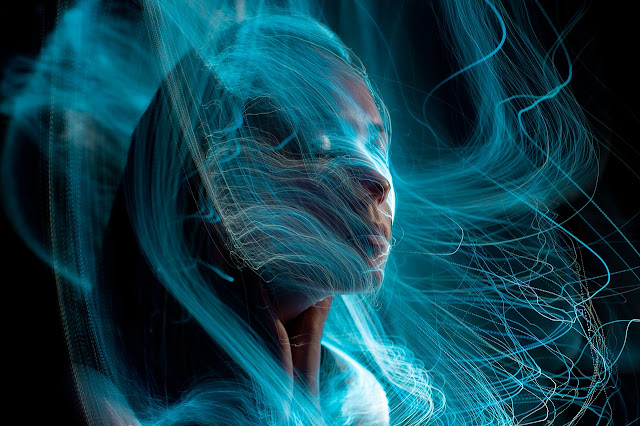Teaching Race to Grade School Children: History and Struggle
By Kate Feinberg Robins, PhD In my blog post Addressing Race in Ballet and Capoeira, I discussed Find Your Center’s commitment to bringing race and social justice explicitly into our dance and capoeira classrooms. Here I share my experience doing this with my Children's Ballet class for 7-10 year-olds in early June. This is part of an ongoing effort to decolonize our curricula and educate our students in social justice as well as dance and martial arts. TIPS FOR ADDRESSING RACE & SOCIAL EQUITY WITH GRADE SCHOOL CHILDREN
THE LESSON PLANChildren's Ballet is a 60-minute live online class for 7-10 year-olds. The class follows a typical ballet format with floor warm-up, barre, and centre exercises. I incorporate history, context, and critical thinking in a variety of ways. In this class we watched the first 3 minutes of the video "Revelations from a lifetime of dance - Judith Jamison and Alvin Ailey American Dance Theater," a TED Talk published in 2019. Learning Objectives
Introduction (Pre-Video)
Wrap-Up (Post-Video)
HISTORY & STRUGGLEI like this clip for school-aged children because it draws on a historical story that they have probably learned about in some form, and makes it relatable through dance. It addresses violence implicitly but not explicitly, offering children tools to process a mature subject without exposing them directly to violent content. My pre- and post-video discussion helps kids of all backgrounds relate to the experience that the dancers and choreographer are expressing. The video shows one of the best modern dance companies in the world, and exemplifies the power of the arts to help us as a society process complex social issues. For adults and teenagers, Alvin Ailey American Dance Theater offers a wealth of powerful performances by world-class dancers and choreographers portraying some of the most difficult moments in our history. "Wade in the Water" emphasizes triumph and hope in a way that is accessible for school-aged children, and gives them context to process the historical struggles that they'll come to understand more deeply as they get older. |




Comments
Post a Comment
Thanks for your comment!